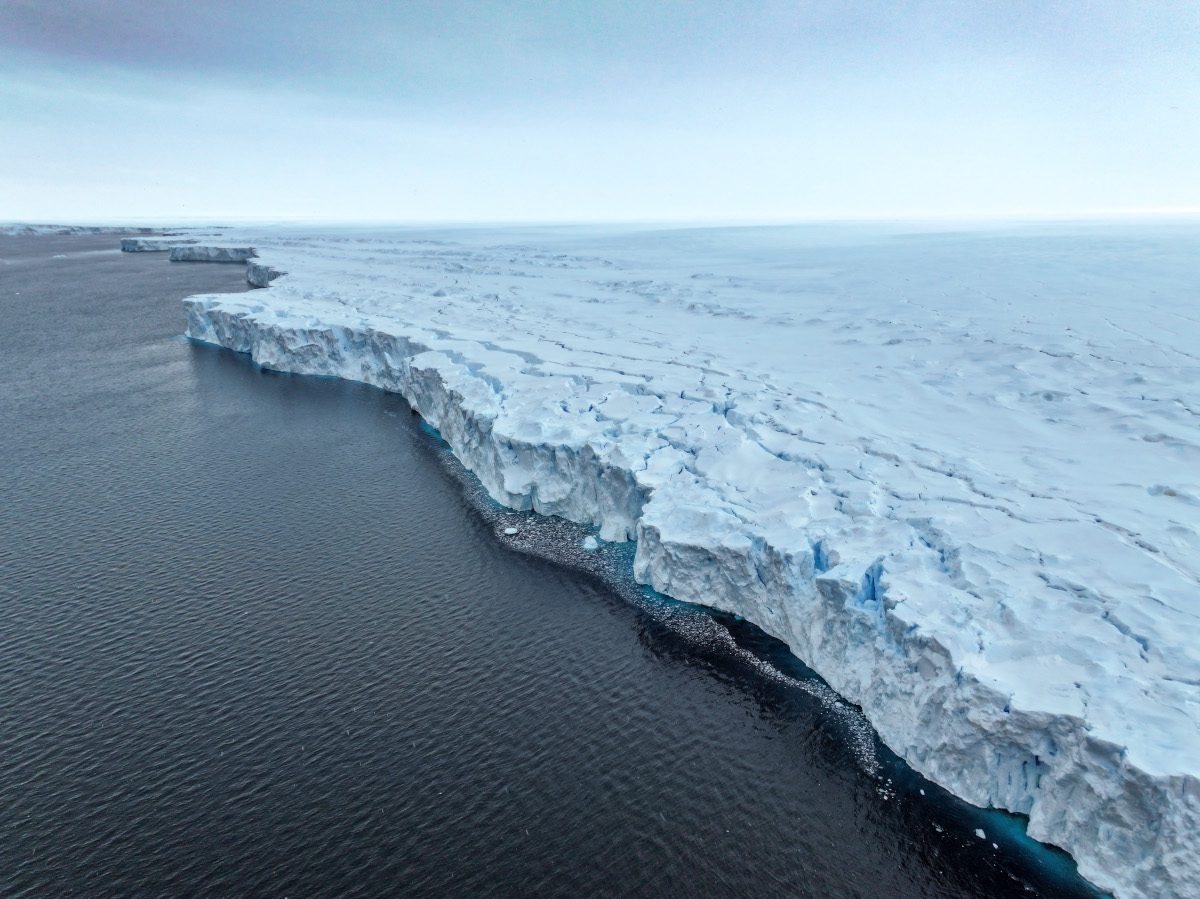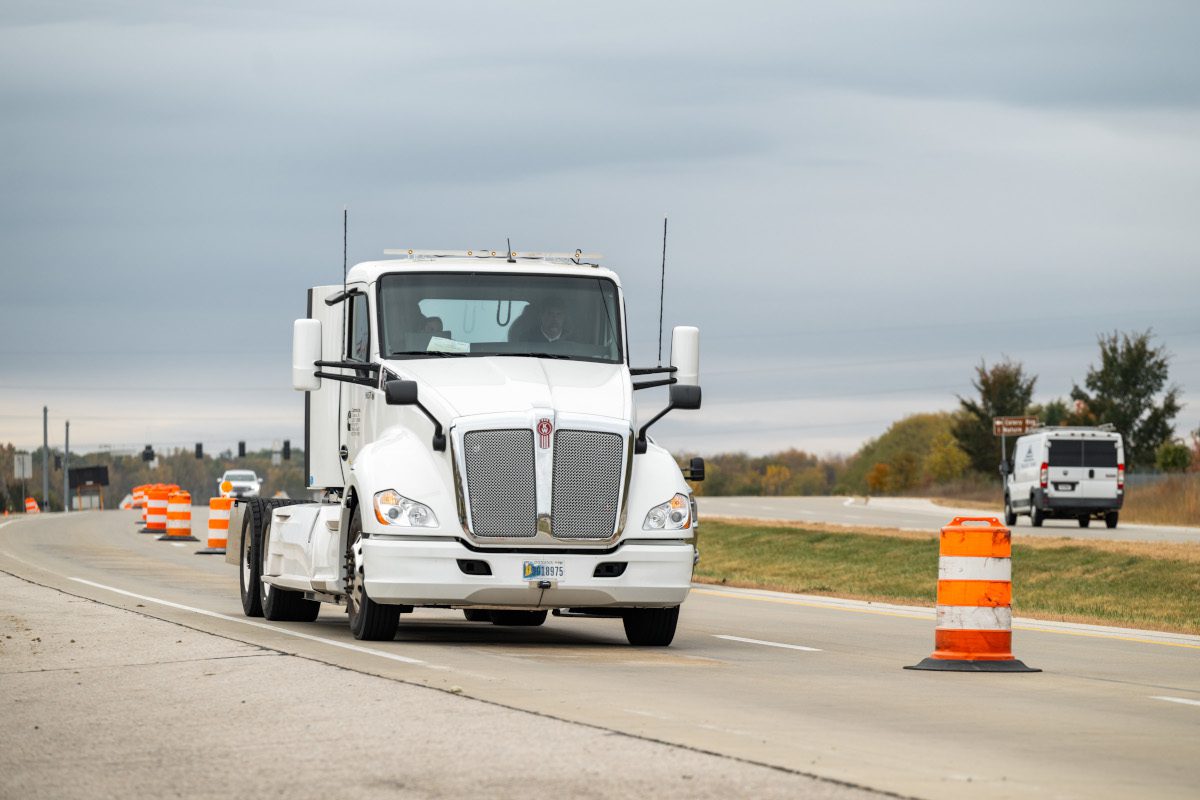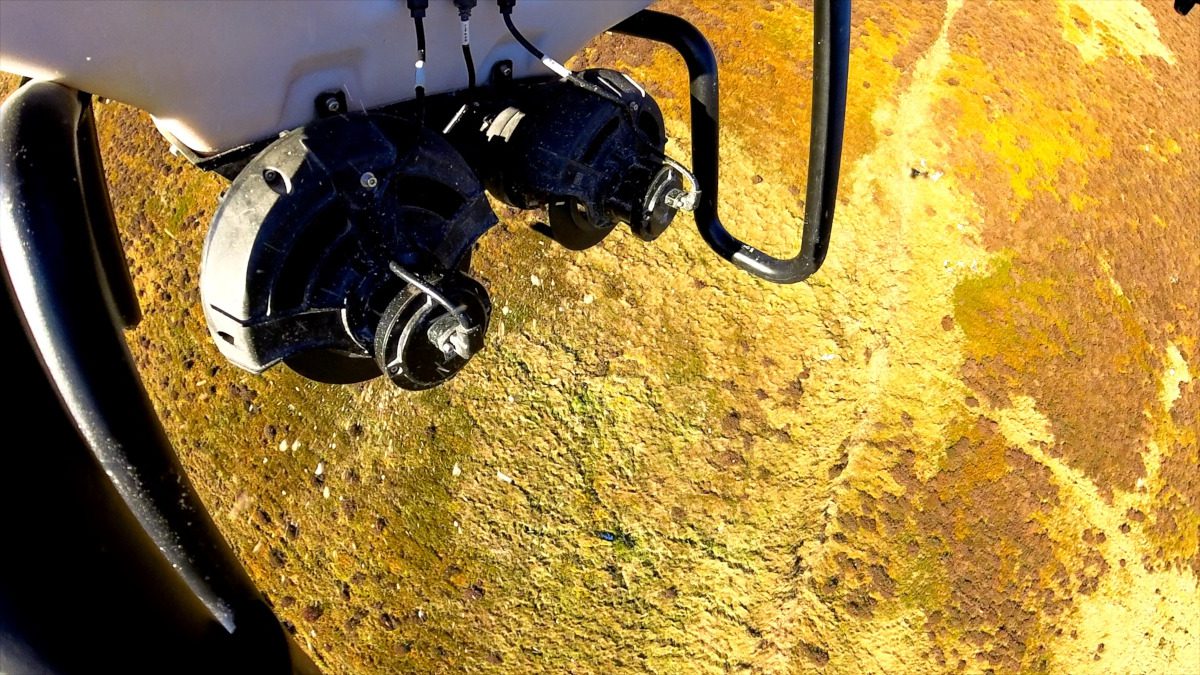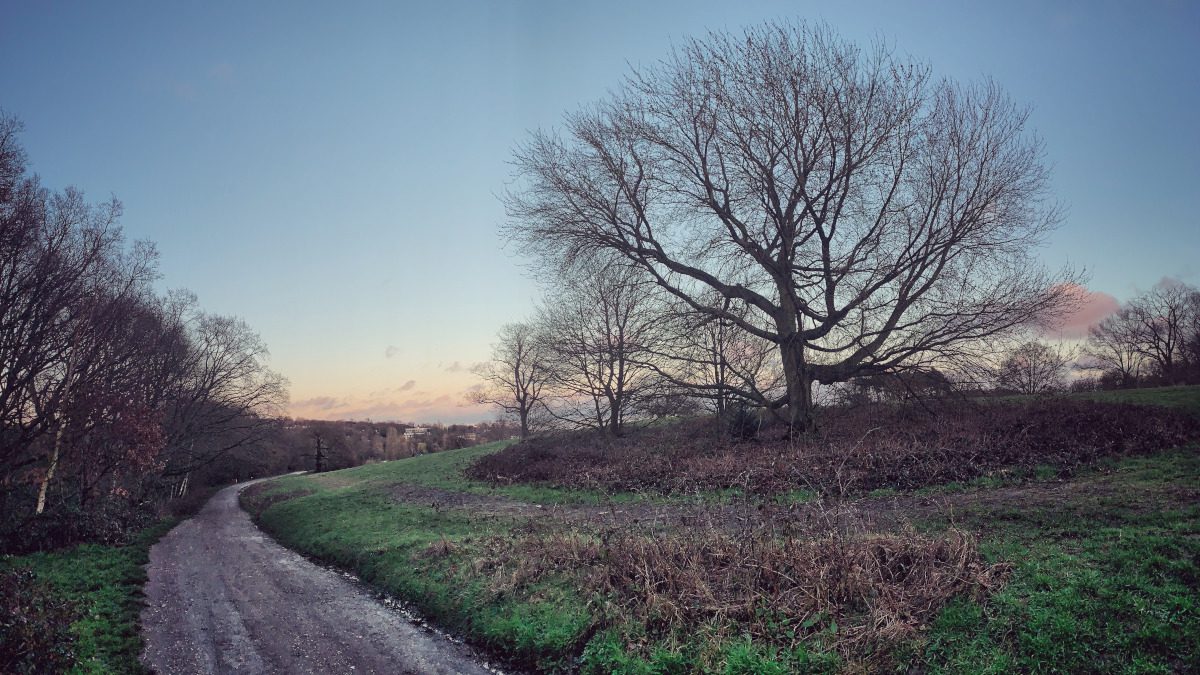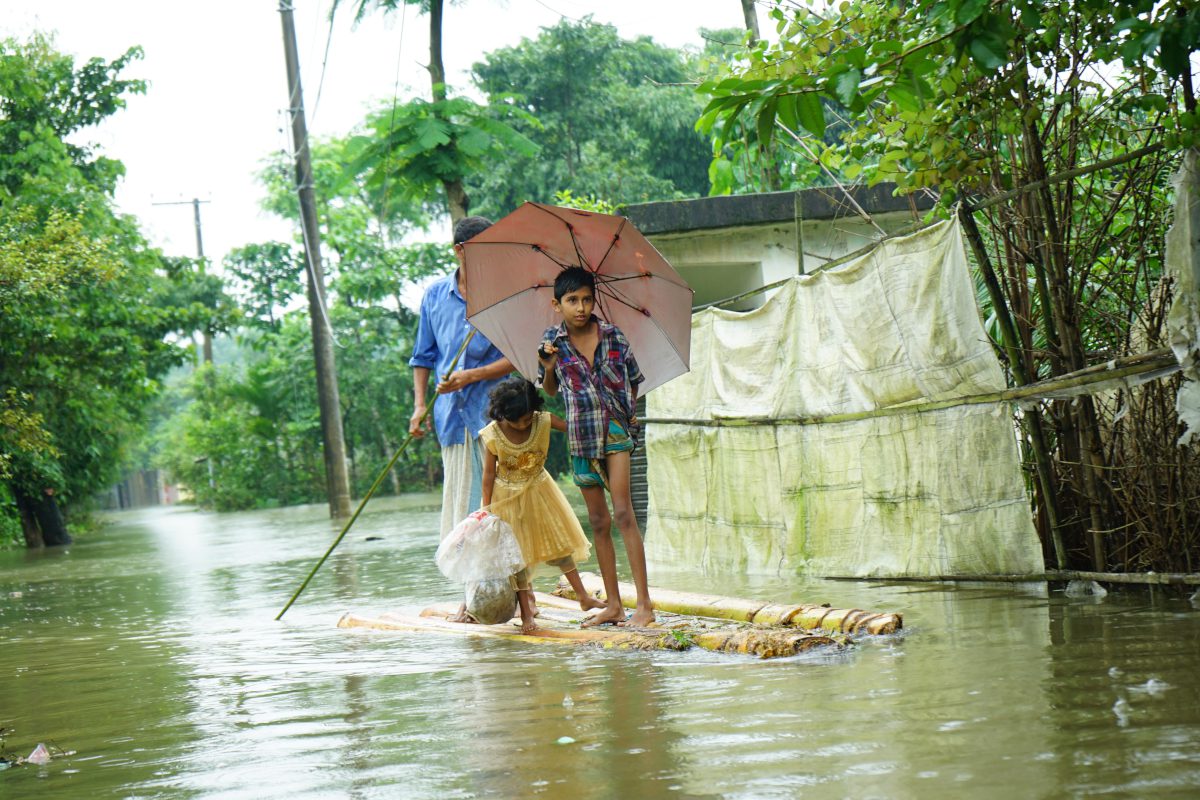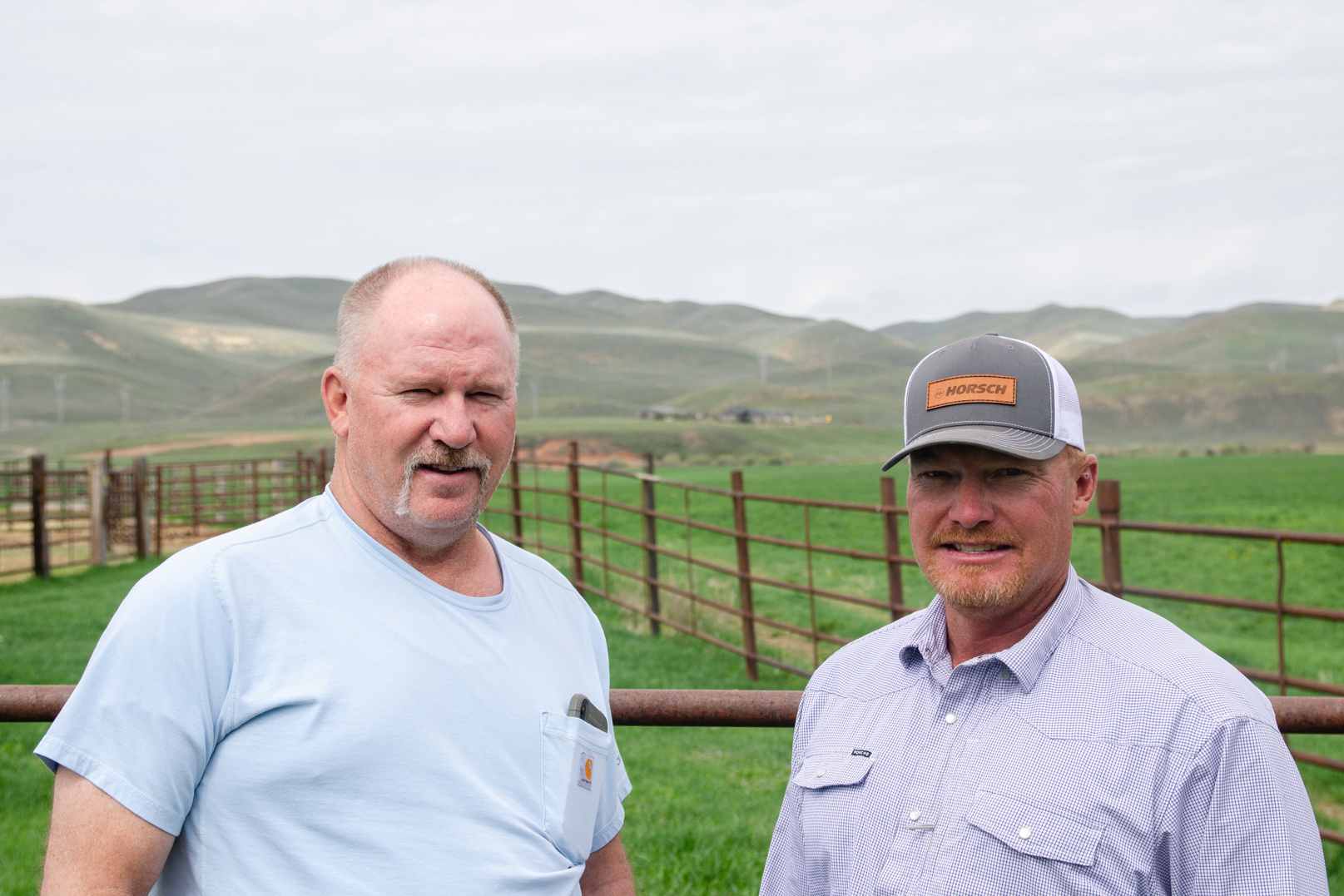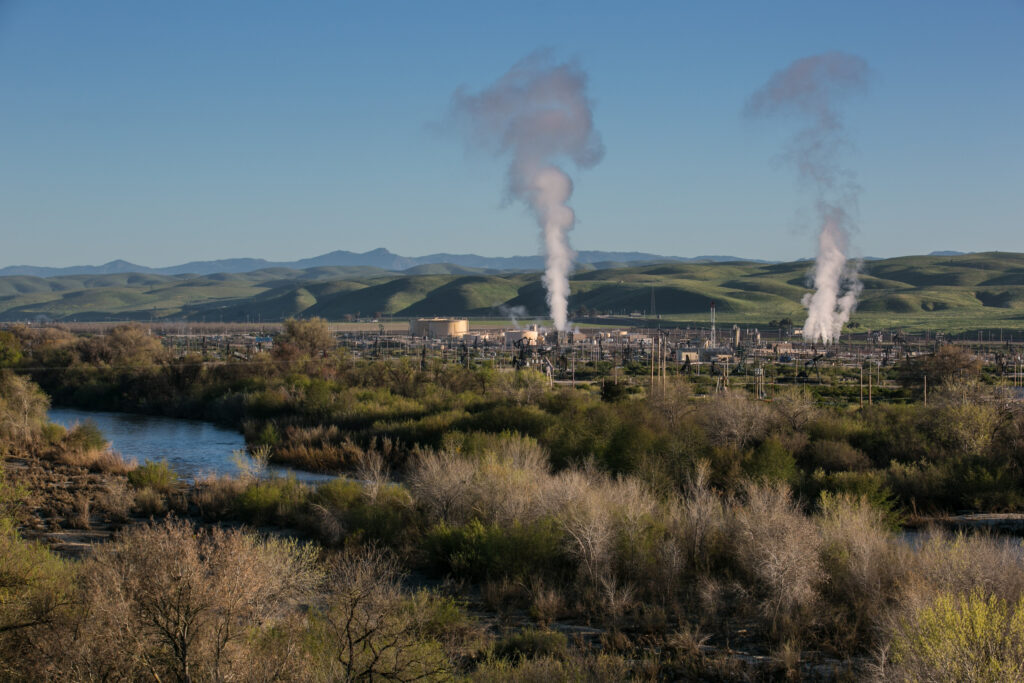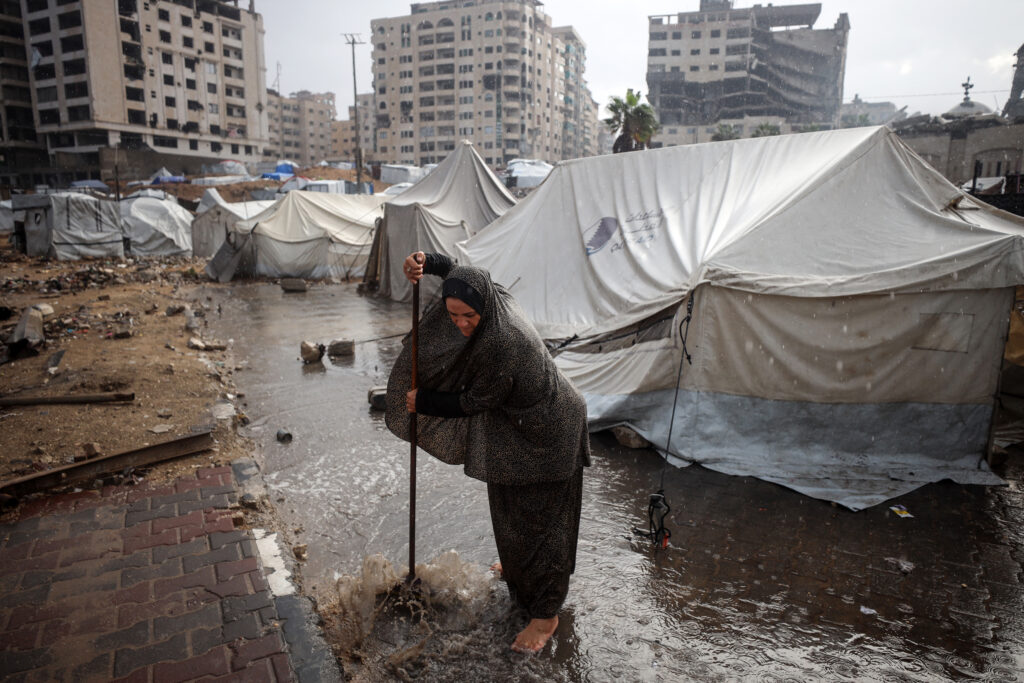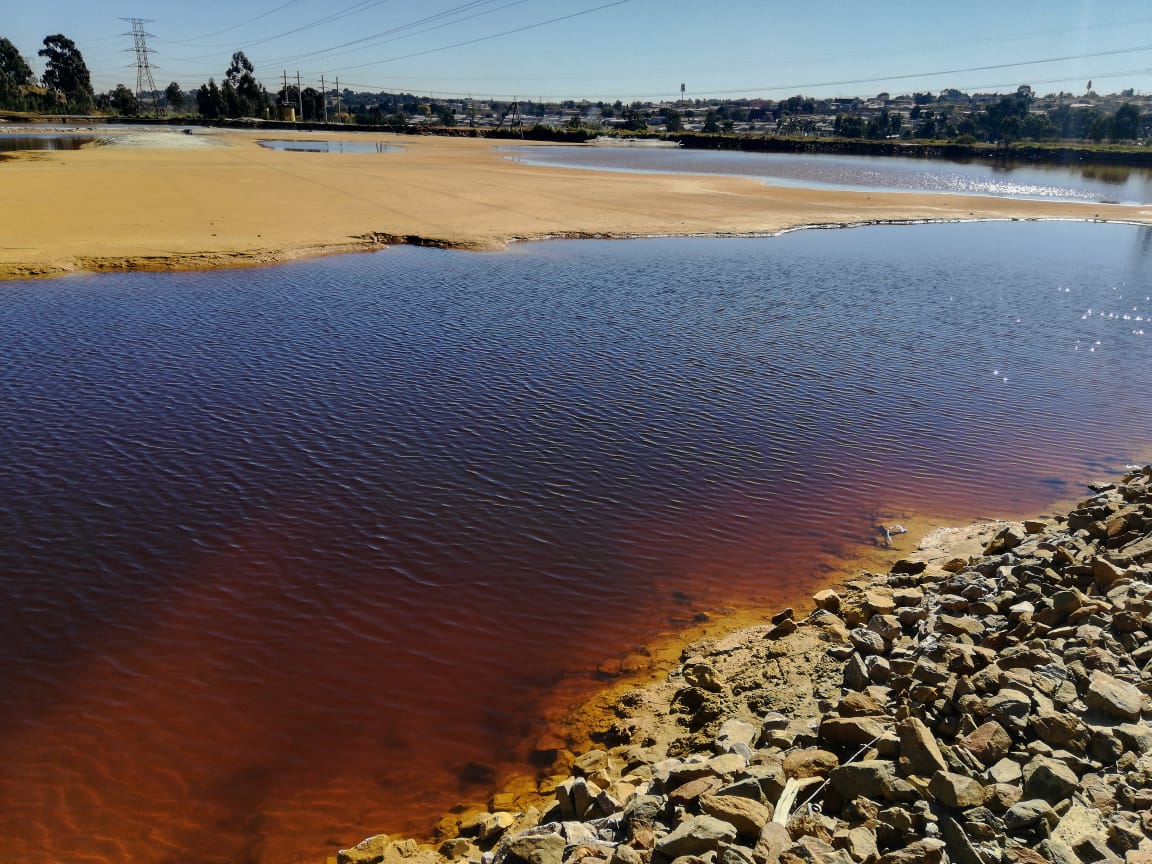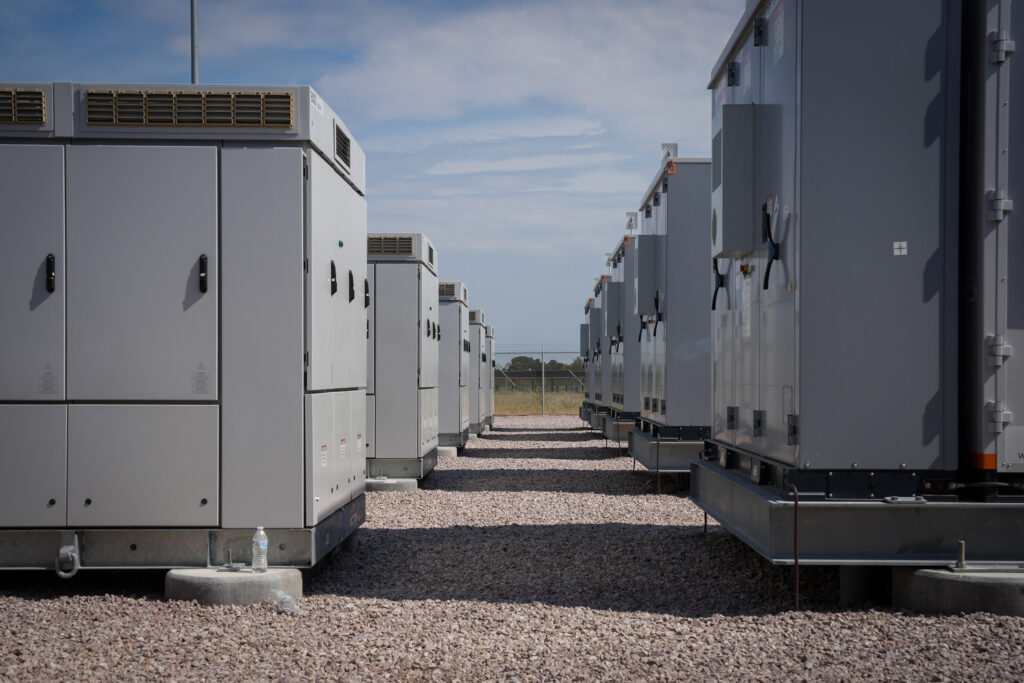Much of the potentially transformative promise of geothermal energy depends upon our ability to drill deeper and deeper, and access higher temperature resources. New data reported in Nature Communications appear to offer a favourable nod towards the viability of such schemes.
The data are among the first to show that these hotter and deeper rocks can form fractures that connect and make it more permeable – a possibility that has previously seemed uncertain.
Such fractures are important because water passing through them can become supercritical, a steam-like phase not covered by the familiar lexicon of water phases (liquid water, ice, and the vapour that makes clouds). Supercritical water “can penetrate fractures faster and more easily and can carry far more energy per well to the surface, roughly five to ten times the energy produced by today’s commercial geothermal wells”, according to “Superhot Rock Geothermal, A Vision for Zero-Carbon Energy ‘Everywhere,’” a 2021 report by the Clean Air Task Force.
The data also show that rock that fractures at superhot conditions can be ten times more permeable than rock that fractures at conditions closer to the Earth’s surface, and can also deform more readily. Those factors could make this geothermal resource “much more economic,” says Geoffrey Garrison, Vice President of Operations for Quaise Energy, one of the funders for the work. Quaise is working on a novel drilling technique for accessing superdeep, superhot rock.
Uncertainties had remained regarding the practicality of tapping this superdeep, superhot resource. Rock under such high pressures and temperatures — more than 375°C — is ductile, or gooey, as opposed to a smashable stone from your backyard. As a result, some have argued that fractures can’t be created. And if they can, will they stay open?
This latest work, led by a team at the Ecole Polytechnique Fédéral de Lausanne (EPFL), seems to confirm that fractures can indeed form in superhot, superdeep rock located near the brittle-to-ductile transition in the crust. The latter is where hard, brittle rock begins to transition into a material that’s ductile, or more pliable.
“There are also lots of other data coming out of this work that will inform our approach to tapping the resource,” Garrison said. For example, “how strong is the rock? How far do the fractures go? How many fractures can we create?”
“All of this will help us derisk the drilling involved, which is very expensive. You don’t get a lot of chances. You don’t get to drill a hole then, like hanging a picture, move it over if you’ve missed the best location.”
Peter Massie is director of the Geothermal Energy Office at the Cascade Institute, which recently released a report with the Clean Air Task Force about drilling for superhot geothermal energy. Massie, who was not involved in the Nature Communications work, made the following comment about it on X: “Exciting finding: extreme heat & pressure can help create better enhanced geothermal systems [EGS]. At very high temps, rocks become ductile (plasticky), which was expected to impede EGS. This supports [the] prospect of ultradeep, ‘supercritical’ geothermal with major boost in output.”
The research was led by Associate Professor Marie Violay, head of the Laboratory of Experimental Rock Mechanics at EPFL. Says Violay:
“This work is exciting because it presents the first permeability measurements conducted during deformation at pressure and temperature conditions characteristic of deep supercritical geothermal reservoirs near the brittle-to-ductile transition in the crust.
“We have shown that the brittle-to-ductile transition is not a cutoff for fluid circulation in the crust, which is promising for the exploitation of deep geothermal reservoirs. There are very few in situ data available, and these are among the first experimental results that shed light on such extreme conditions.”
Violay’s coauthors of the Nature Communications paper are first author Gabriel G. Meyer and Ghassan Shahin, both of EPFL, and Benoit Cordonnier of the European Synchrotron Radiation Facility.
Fissure profusion
The consistency of superhot, superdeep rock is similar to that of Silly Putty. “If you pull it slowly, it stretches out and becomes elastic. But if you pull a chunk of Silly Putty really quickly, it snaps. And that is brittle behavior,” says Garrison.
In other words, he continues, “if you stress the rock slowly enough under these extreme conditions, it may stretch and not fracture. This work shows that rock will shatter under these conditions, but it needs to be stressed quickly to do so.”
The research confirms theoretical work reported earlier this year in Geothermal Energy showing that the cracks that form create a dense “cloud of permeability” throughout the affected rock. This is in contrast to the much larger and fewer macroscopic fractures induced by the engineered geothermal systems (EGS) in use today, which operate closer to the surface and at much lower temperatures.
As a result, the simulations involved in the Geothermal Energy work predict that a superhot system can deliver five to ten times more power than typically produced today from EGS, and do so for up to two decades.
Unique experiments
Garrison notes that there are very few facilities in the world capable of making the measurements conducted at EPFL.
Says Violay, “The best part [of this research] was the development of a unique experimental machine capable of reproducing the pressure, temperature, and deformation conditions of deep supercritical reservoirs near the brittle-to-ductile transition. Additionally, we were able to combine these experimental results with in situ X-ray images obtained the ESRF (European Synchrotron Radiation Facility), offering a comprehensive view of the processes involved.”
In addition to Quaise Energy, this work was funded by the European Research Council, the Swiss National Science Foundation, The European Union’s Horizon 2020 research and innovation program, the Swiss Federal Office of Energy, and Alta Rock Energy.




